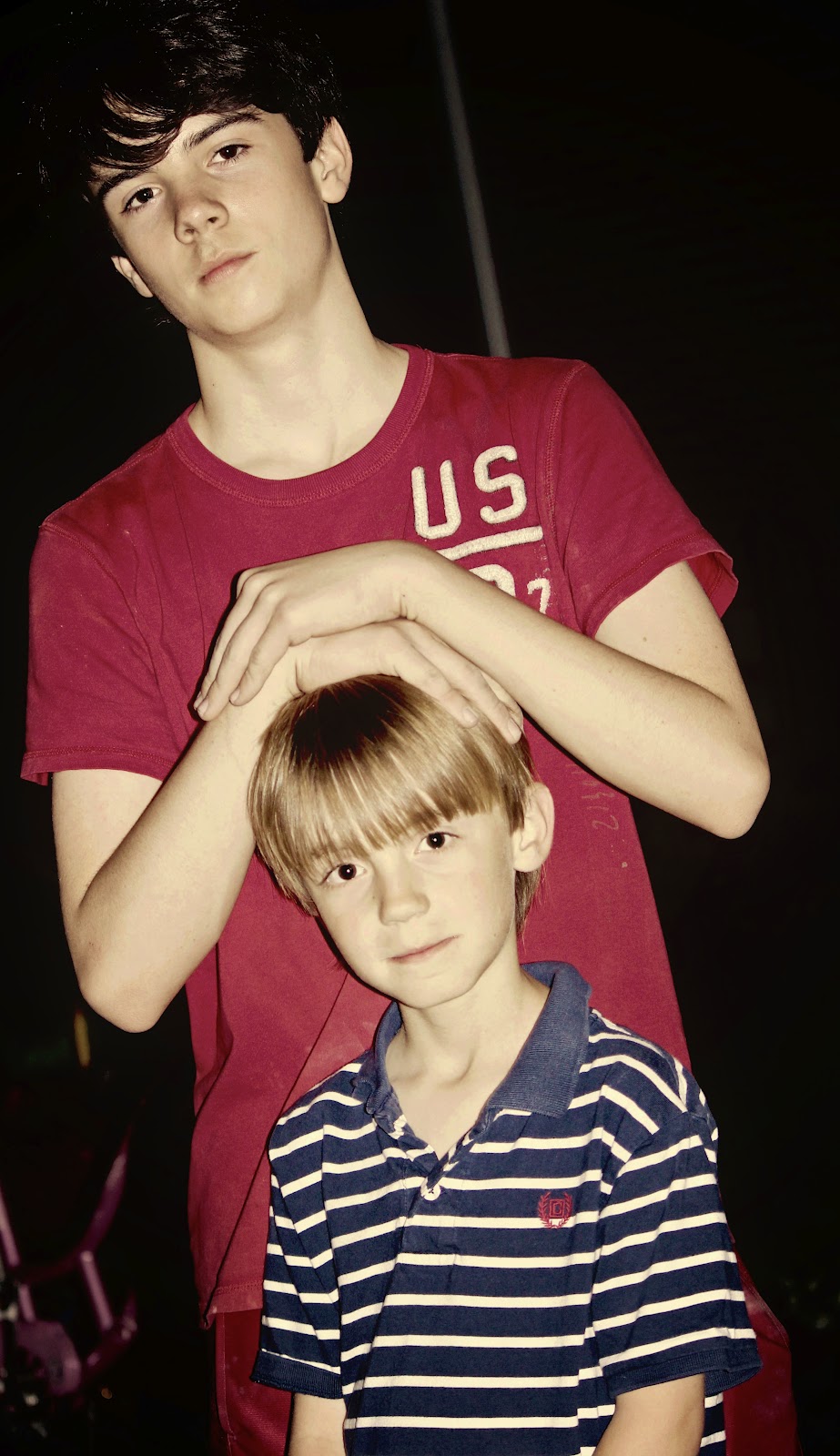Developmental Delays in Children
The title of an article is what search engines like Google key in on; but, I’ll bet you that you didn’t find this article by typing ‘developmental delays’ – even though they are exactly what we’re going to talk about today.
Normal growth and development, wide range of ‘normal’
So, while this is truly about “developmental motor delays,” perhaps you would have typed: “physical exam,” “delayed development,” “infant development,” “motor development,” “child development,” “good physical exam,” “clumsiness”; or, on and on and on.
The term Developmental Motor Delays is both descriptive and over-simplified to the point of confusion at the same time. It just may be the single best reason that you choose a board certified actual pediatrician over a family doctor of some other training to see your children.
It often is the most difficult of all issues to diagnose and relies especially on a physicians large background of experience doing massive numbers of meticulously complete physicals on thousands of infants, children and teens in order to develop a “memory” for the wide range of “normal.”
It can be an ever-so-subtle emotional, or cognitive, or motor-coordination difficulty as they enter school, sports or higher education; or, it can be a misstep in an infant so in-your-face obvious that parents are worried before they even make their appointment.
We all know that a child does “develop”; and also that part of that development is in the ability to use the “motor system” – nerves and muscles.
But, we also know that every child is different; so, there must be a “range” to what’s “normal”… right?
What is Normal?
So, what is a delay? And, how does one go about noticing it?
Sometimes it is a case of “being too close to the subject” to notice problems. Seeing a child daily, sometimes a parent might not notice small subtle differences or accept them as normal growth. On the other hand, one of the problems physicians have is that they haven’t seen this particular child enough to know what’s “normal” for this particular child.
The only thing we can say with certainty is that “you don’t find what you are not looking for” so that’s were we begin.
Physical Exam – a good one
Unfortunately (as far as most of us ‘old guys’ are concerned) the practice of medicine – and some of the new physicians who do it – has become quite commoditized and is no longer the ‘calling’ or ‘profession’ that it once was. And, so has the physical examination.
Perhaps it’s the commoditization, or possibly ‘burn out’ or ‘fear’ but surely you’ve noticed that more and more doctors don’t seem to even touch patients anymore. If there is still one group however who have held out the longest in performing good physicals it’s the Pediatricians. Specifically that group who routinely see’s infants and children during their growth years.
Why? Because, if I’ve really decided that I’m going to do a good job as your child’s physician there is no other way to do it except by getting them undressed and examining all the muscles, nerves, skin and organs as they grow and change.
From a parents standpoint I’ll let the cat out of the bag: if the doctor hasn’t had your child undress, lie down, flip over, sit up, breath deep, walk, stand, hop, squeeze, recite words, sing a song, walk backwards, jump … etc. and hasn’t used his stethoscope, otoscope and reflex hammer and felt every limb, belly and ‘bendy space’; then, he/she hasn’t done a good physical exam and may be missing some very important things you might like to know. Certainly not a good developmental exam.
Of course, an infant doesn’t sing, but a 5 year old does. Some reflexes that an infant has are supposed to disappear and are abnormal if they don’t. Strength and tone are checked by different methods depending upon age. Neurological tests can be quite subtle and have weird names. And they all take time to perform.
Perhaps you might have to take a cue from old Diogenes and go in search of a good physical exam.
One thing that I can do for you is to let you in on some standards pediatricians use for preventive care. Being aware of the latest recommendations for developmental screening will help you decide if the exam your child has just received has been thorough enough and if adequate consideration has been given to possibilities.
Developmental Delays – Clinical Context
An experienced pediatrician (trained specifically in children) is able to merely watch a child playing on the floor from across the room and decide, perhaps, close to 50 or so common problems that are not of concern.
Undress the child and that goes up to easily over 100 if one carefully watches and considers possibilities. Allow touch and that at least doubles again. Allow ‘listening’ or ‘pushing’ or ‘shining lights’ or ‘reflexes’ and of course the number of things that ‘could be but aren’t’ goes up astronomically.
Motor delays can have many different presentations among children, reflecting their multiple potential causes, and gross transient delays in some form aren’t uncommon
The more severe and delays such as cerebral palsy affects an average of 3.3 of every 1000 children. Developmental coordination disorder, a milder form of motor delay frequently not identified until school age, may affect up to 6% of children. Progressive diseases, unnoticed earlier, become more evident in young adulthood.
The best tool to identify motor delays is clinical vigilance, thorough examination and appropriate screening with workup of suspected cases. A current clinical report from the American Academy of Pediatrics (AAP) Neuromotor Screening Expert Panel describes the best practice for the evaluation of motor delay among children.
Clinical Guidelines
The APP continued to formalize recommendations of ‘best practices’ for physicians back in 2006 with screening lists to use in ‘well child exams.’ Recently those recommendations were updated and presented by an expert panel of specialists at the may Academy meeting.
All of the effort we currently use for well-child-exams should be continued with the addition of specific standardized tests emphasizing the 9-, 18-, and 30-month visits.
By 9 months, an infant should be able to roll to both sides and sit without help. By 18 months, toddlers should have mastered sitting, standing, and walking on their own.
Although most motor delays would have already been evident at a younger age, by 30 months, more subtle impairments may become evident, and progressive neuromuscular disorders may begin to appear. By 48 months, preschoolers should climb stairs without help, skip on 1 foot, feed themselves, and demonstrate such fine motor milestones as drawing stick people and fastening medium-sized buttons.
Pediatricians not only should watch how children perform a requested task but also should pay keen attention to their general posture, play, and spontaneous motor functions.
Subtle alterations of muscle tone are tested and observed at all visits as they provide clues of possible neuromotor delays such as cerebral palsy.
A magnetic resonance imaging (MRI) scan can be ordered for patients with heightened muscle tone, and serum creatine kinase concentrations measured in children with decreased muscle tone. Such interventions can occur at the same time children are referred to specialists for diagnosis.
Pediatricians treating a child with mild abnormalities should develop a time-definite follow-up plan should they worsen or develop new symptoms, such as regression in motor skills or loss of strength. Acting quickly on such clinical changes can help expedite appropriate medical attention.
Recommendation Highlights
- Although motor development should be addressed at every pediatric preventive health visit, the critical ages for evaluation with a motor developmental screening test include ages 9, 18, 30, and 48 months:
- At age 9 months, children should roll to both sides, sit well without support, and demonstrate motor symmetry without established handedness.
- At age 18 months, children should stand and walk independently as well as manipulate small objects.
- Most motor delays are identified before age 30 months, but evaluations at 30 and 48 months may identify subtle deficits heretofore undiagnosed.
- In taking a history screening for motor delay, open-ended questions should focus on what the child is doing (and not doing) in motor function, as well as how the child compares with his or her peers and any signs of regression of motor ability.
- On physical examination, drooling or poor weight gain may be a sign of facial or oral weakness. Oromotor function may be tested by drinking through a straw or blowing kisses.
- Ptosis is often a sign of a lower motor neuron disorder.
- Abdominal organomegaly suggests a glycogen storage disease.
- In general, strength is best measured by functional observation as opposed to hands-on power testing.
- Muscle tone may be evaluated with the scarf sign among infants and measurement of the popliteal angle among older children.
- Testing methods that may be considered by the primary care clinician for children with motor delays include MRI of the head and laboratory evaluations for serum creatine phosphokinase and thyroid function.
- MRI is an important part of the workup for suspected cerebral palsy.
- Creatine phosphokinase levels are elevated among children with Duchenne’s muscular dystrophy, which usually presents between ages 2 and 4 years. Although Duchenne’s muscular dystrophy is an X-linked disorder, one third of mutations are spontaneous. Duchenne’s muscular dystrophy can be confirmed with gene-sequencing studies.
- Developmental coordination disorder is defined as motor coordination function that lags behind the standard for age and intellect. Most children with this disorder remain symptomatic through adolescence.
- The presence of other abnormalities, such as failure to thrive or dysmorphic features, should prompt an investigation into genetic abnormalities. A specialist familiar with microarray testing should initiate this workup.
- Noonan’s syndrome is associated with muscle weakness, and many patients may lack the classic findings of short stature and a webbed neck.
- If a motor delay is identified, the workup should not delay appropriate referrals to physical and/or occupational therapy.
[Pediatrics. Published online May 27, 2013.]
Advertisement by Google
(sorry, only few pages have ads)




